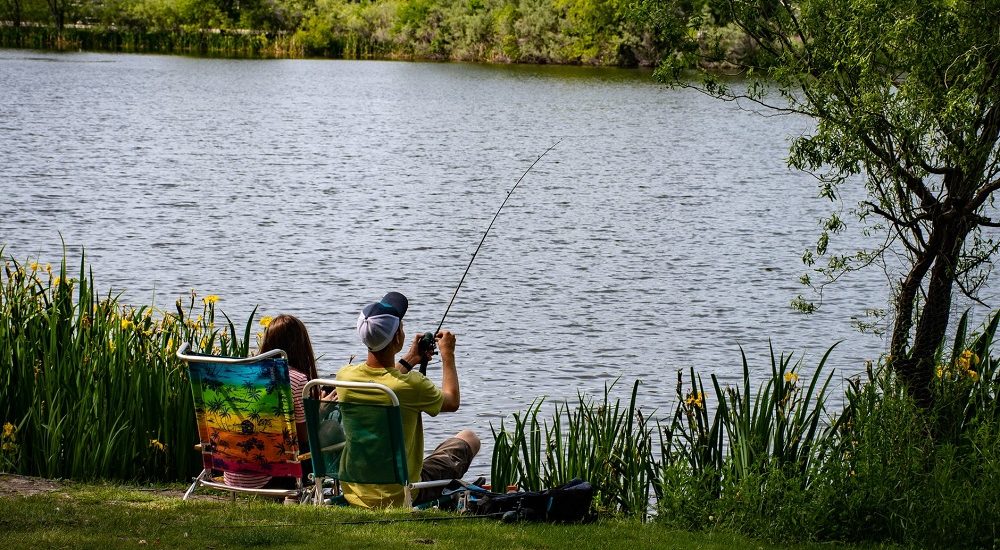The weather during early spring can be pretty fickle. The blissful temperatures one day can turn into snow and lows the next. But it’s a time when the fish are waking from their winter doldrums, bugs are on the move and endless opportunities await.
The Transition Points
In the spring, the transition points tend to be the most active areas. Be on the lookout for sports of shallow water close to deep water, and chances are you’ll find a couple of basses. On rivers and lakes, the areas close to larger creeks are often teeming with fish. Make use of a depth map or depth finder to discover break-lines, points and coves.
Bass, especially, like to spawn in shallower creeks, but they also like the creeks that have close by depth, as it presents plenty of food opportunities for them.
Cover Enough Water
This is an excellent tactic. Make use of an always-moving, aggressive approach to catch your bass at the best of times, but in early spring, it’s paramount. Keep that trolling motor going and aim to work as many areas as you possibly can, giving at least 2 to 5 casts in a spot and then moving. If you do hook up, slow down and work the area thoroughly. Remember, fish are constantly moving about in the spring, so don’t expect them to be in the same spot the next day. If you’re a fan of early spring fishing, grab one of those high quality Zenaq fishing rods Australia shops like Fish Head sell.
Warmer Weather Means Shallow Water Is Where The Action’s At
After longer periods of warm weather, you’ll find more fish in shallower water. Bass especially like getting into warm areas so they can shake off the winter woes. So, after weeks of sunny days, head to shallow waters. The opposite goes for cold weather. If it’s been overcast and nippy, you’re more likely to find fish in deeper areas, like deep pool inlakes and creek beds in reservoirs.
Slow Things Down In Spring
This is one of the number one spring tactics we can give you. Just before the warmth sets in, slow things down to retrieve sluggish fish. The cold water slows a fish’s metabolism down, and they have less speed and less energy. That means they’re more likely to pass on fast-paced baitfish. Slow-moving bait, on the other hand, is an irresistible meal.
Go For Larger Bait
Larger crankbaits are excellent producers in early spring waters. The site will probably eliminate bites from smaller fish, but the larger profit bait tends to displace more water and garners more attention. This is when you need to use a stop-start retrieve, and slower retrieves along with rattles with colour are a must.
Lowly Spinner Bait
Finally, spinner bait tends to be an excellent producer of bass, especially in the early spring. Other baits tend to produce sporadically, but spinner baits almost always get a bite.
With the tips above, you should be able to enjoy a day of fishing in spring.

